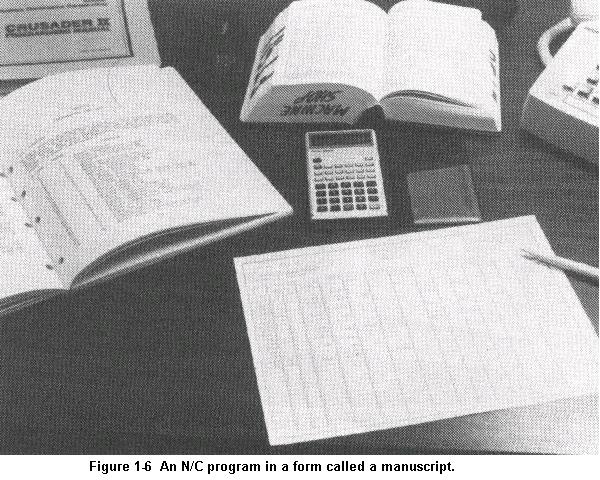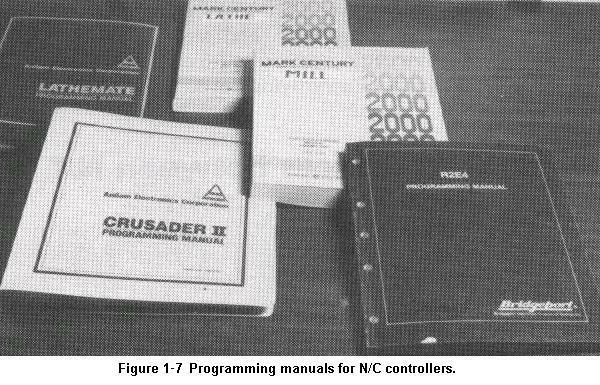
CAD, which is essentially computer graphics is not capable by itself of directly driving a machine tool to produce the final workpiece, because computer software has not been developed that can make the judgmental decisions about what kind and size of cutter to use, how to hold the workpiece, the direction of cutter motion, or the depth of cut. However, some highly sophisticated microcomputer-based CAD software, which is capable of generating tool path data and outputting an N/C program, is becoming less expensive and hence more readily available. Such software is capable of outputting machining instructions to an N/C machine tool as a part of the design process--IF (and that's a BIG IF) the designer has the knowledge needed to specify the proper tool path and the correct machining parameters. In such a case the CAD system computer can feed its information directly to an N/C machine controller. Then you have CAD/CAM in its truest form.
Although the price for PC-based CAM has rapidly decreased, many smaller firms still believe that they cannot afford such sophisticated systems, which still require a designer who is familiar with machining processes. Equally important the designer must have a knowledge of the capabilities of N/C machines and the procedures required to program them directly, which means verifying that the resulting program will produce the piecepart in the most efficient and cost-effective manner.
CAD/CAM requires a human--the programmer. The programmer may also be the designer, as in the case of the highly sophisticated CAD systems that are capable of tool path definition and N/C program output. More commonly, the programmer acts as the interface between two distinct entities: computer graphics (the CAD or design stage) and numerical control (the CAM or manufacturing stage). The programmer interprets the design data (whether from a blueprint or a computer display) and writes a program for the N/C controller that will yield a workpiece conforming to the desired design.
A program consists of a set of instructions, organized in a manner an N/C controller can understand, that "tells" an N/C machine how to perform its tasks (Figure 1.6). The instructions (the program) are written by the programmer in a specific and exacting manner in a document called a manuscript. The manuscript is used to enter the program into the computer, tape punch data entry terminal, or the controller. The general kinds of information required for N/C programs are essentially the same for all N/C machine tool and controller combinations. But the specific content and organization of the program are different for each type and make of machine tool and controller.

An N/C programmer has to make a wide range of decisions. The programmer must be knowledgeable about manufacturing processes, cutting tools, material machining characteristics, quality assurance, and machine tool operation in order to make good decisions. The programmer decides which N/C machine to use to machine a particular workpiece. The programmer also decides how the workpiece will be held for machining, the order in which the machining operations are to be performed, which cutting tools will be used, the direction and depth of cut, and what the feedrate will be. The programmer usually has to "prove out" the program by loading it into the N/C machine, making the setup, and running and inspecting the first piecepart.
Once the programmer understands what kind of information is required, the programming manual for the specific machine tool and N/C controller combination must then be consulted to determine exactly how that information must be organized (Figure 1.7). A program written for one make and model of N/C machine usually cannot be used on another make or model unless it is edited (reorganized) to conform to the requirements of the second machine.

| COMPACT II and APT |
|---|
Back to Contents Page
Updated Jan. 9, 2002
Copyright © 1988-2002 by George Stanton and
Bill Hemphill
All Rights Reserved